Siteco Surface mounting lamps
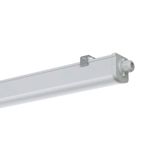
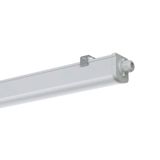
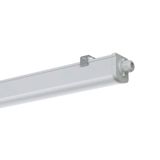
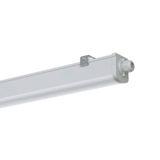
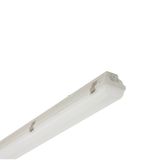
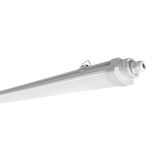

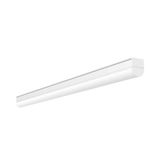

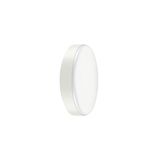
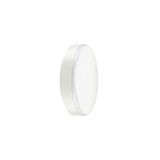
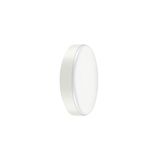

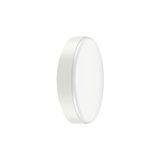
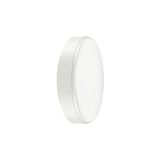
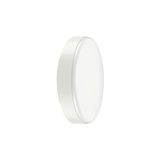





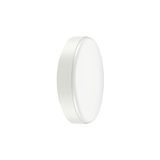
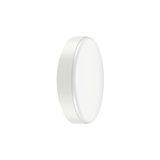
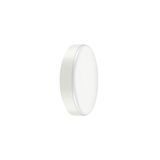
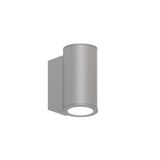
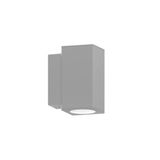
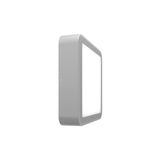

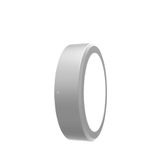
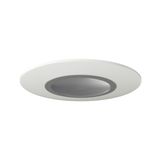
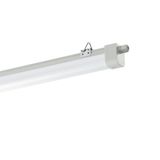
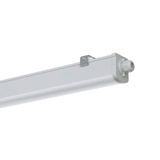
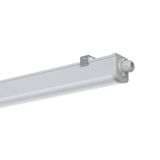


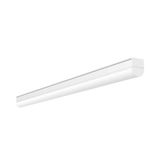
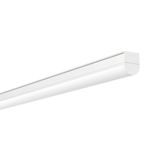
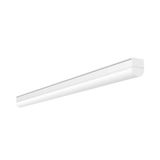
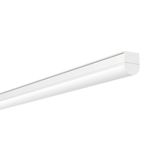

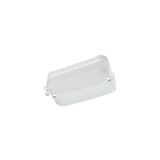
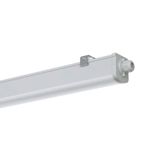
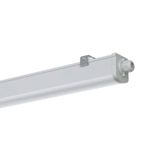
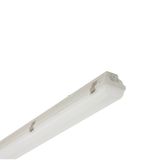
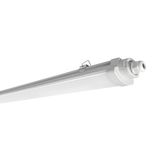
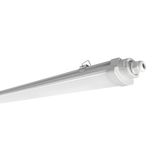
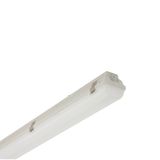
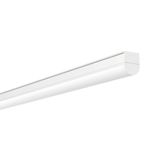
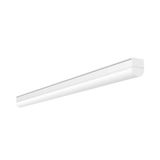
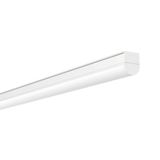
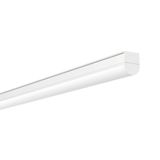
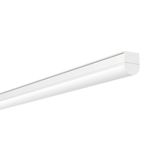
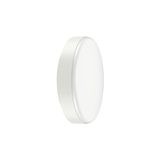
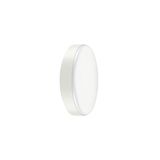

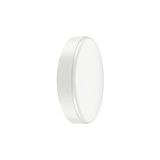
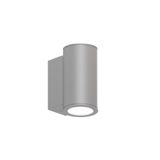
-
-
1
- 2
-
siteco surface mounting lamps Application scope and brand context
Refits, corridors, classrooms, plant rooms, and low canopies often can’t take recessed gear. This surface range closes those drawings cleanly: robust housings that sit flush on concrete or plasterboard, glands that keep IP after the second maintenance cycle, and drivers that meet PF and flicker targets on shared lighting feeders. Typical outputs span ~900–12 000 lm per head with 3000 K, 4000 K, or 5700 K options and CRI 80/90. Ambient ratings commonly −20…+45 °C (series dependent), surge immunity 2–6 kV, and mounting patterns that match standard box centers so you’re not drilling again at 2 am.
siteco ceiling surface lights Range and form factors
Families cover slimline linear bars for corridors, compact rounds for lobbies and stair cores, and shallow rectangles for classrooms and labs where ceiling services compete for space. Housings are powder-coated steel or die-cast/extruded aluminum with PC or PMMA optics; IK08–IK10 variants exist for tougher sites. Many bodies ship with through-wiring and push-in terminals so loop-through is quick on a lift. IP classes: IP40/IP44 for interiors, IP65 for washdown canopies and damp back-of-house.
siteco wall mounted lamps Optics and housing options
Wall luminaires include symmetric diffusers for general illumination and forward-throw optics for corridor one-side mounting. Uplight/downlight splits keep ceiling reflectance working for you while meeting UGR targets at VDT heights. Where solvents or hot washing live, specify tempered glass windows; for vandal-exposed stairwells, pick deep bezels and IK10 fronts. Backplates accept M20 glands and 3- or 4-point fixing; gaskets are silicone on IP65 bodies for better compression set over time.
siteco surface led luminaires Electrical and photometric data
Drivers run at PF ≥ 0.90 with THD typically ≤ 10–15 % at rated load; inrush data is published so breakers can be diversified correctly. Photometry is LM-79 tested; source maintenance is projected from LM-80/TM-21 nodes (L80 50 000–100 000 h when Tc is respected). Flicker performance meets office guidance with PstLM ≤ 1.0 and SVM ≤ 0.4 on the professional drivers. Wiring windows usually 1.0…2.5 mm²; terminal torque and strip lengths are printed on the cover so QA doesn’t guess.
siteco mounted lighting fixtures Controls integration and standards
DALI-2 DT6 drivers are the default for intensity; DT8 tunable-white is available on selected forms. Simple jobs can run 1–10 V or switch-dim; minimum-level and fade curves are documented so scenes feel consistent across mixed groups. Safety follows EN 60598-1/-2-xx; control gear aligns with IEC/EN 61347-2-13. EMC meets EN 55015 with immunity per EN 61547. Emergency choices include integral 1–3 h battery packs or central-battery variants with maintained/unmaintained modes; photometry for EM flux is part of the pack.
siteco surface spotlights Aiming accessories and glare control
Where accent is needed—retail gondolas, museum plinths, feature walls—compact heads with rotatable collars and 15°/24°/36° beams handle the task. Clip-in honeycombs and softening lenses take the edge off high-contrast scenes; deep baffles hold cut-off without eating lumens. Lockable tilt scales keep aim through cleaning cycles, and accessory rings stay captive so nothing drops from height.
siteco ceiling mount luminaires Selection criteria for B2B clients
- Start with task and target lux: open rooms vs corridors vs accent. Pick beam, diffuser type, and lumen node to hit Ē and UGR limits.
- Fix environment: IP/IK class, ambient, window material; plan drain/vent paths on sealed heads.
- Electrical discipline: PF/THD targets, inrush per circuit, SPD class, conductor range, and terminal torque.
- Controls: DALI-2 where zoning and tuning matter; 1–10 V for simple rooms; reserve bus headroom (≥ 20 %) and stay under cable limits.
- Maintenance: Tc visibility, spare lens kits, and front-accessible gear trays; keep Tc 10–15 K below limit for warranty headroom.
- Documentation: include EN references, photometry files, emergency flux, and wiring diagrams in the tender pack.
Cross-references: pair these luminaires with Siteco lighting control systems for scenes/daylight harvest, and use Siteco installation materials for brackets, glands, and conduit to keep IP and EMC honest at the wall.
Advantages of working with Bankoflamps
We translate lumen nodes, optics, CCT/CRI, driver type, emergency mode, and control topology straight from your room data sheets, then present live EU warehouse stock before access nights are booked. Quotes typically return in about an hour with EAN/MPN, Tc limits, PF/THD, inrush, IP/IK, SPD class, and conductor windows spelled out—so breaker choices and mounting hardware don’t drift mid-phase. Your portal shows lead times, shipment status, and downloadable price lists with validity dates; approved accounts can use post-payment up to 30 days. We consolidate by floor or zone to cut freight and on-site sorting, and your account manager cross-checks mounting pattern, gland policy, DALI loop budgets, emergency zoning, and ceiling build-ups against the drawings—so cartons arrive lift-ready and crews close the ceiling once.